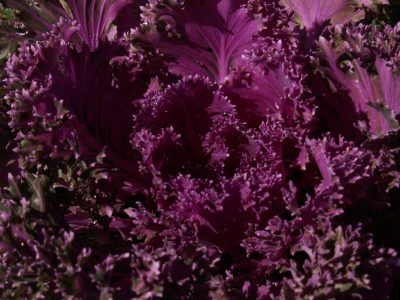What’s an easy way to tie up vines and climbing roses?
Hair clips!
Recently, I had to anchor and train a very vigorous star jasmine. Twine is what lots of people use to tie up vines, but I got tired of continually dropping the twine down to the yard below while I clumsily tried to get it around the stem and into a knot.
I had also just tied tying up very thorny shrub rose and had the scratches to prove it. I thought: there has to be a better way!
And the next day, when clipping my hair up before heading out into the garden, the proverbial light bulb went off: I could use my little hair clips to hold the stems in place until they established the growing pattern that would keep them where I wanted them.
This technique worked so well that I went to the store for more hair clips. Although much more expensive than garden twine, hair clips are easier and faster to use, and can be recycled year after year.
You can remove them once the vines are growing in place on their own. Unlike twine, hair clips can be easily removed, without those annoying little knots that you need to untie or cut.
If you have vines or brambling plants that need to be attached more permanently, I’ve found that plastic zip ties are a good alternative and hold the stems in place more tightly.
Be sure to use twine or zip ties somewhat loosely on large-stemmed or woody plants to keep the plant from growing around the tie and becoming a part of the stem.

 Donna Fowler
Donna Fowler Ginger Hudson Design Tips
Ginger Hudson Design Tips Daphne Richards
Daphne Richards
 John Dromgoole
John Dromgoole